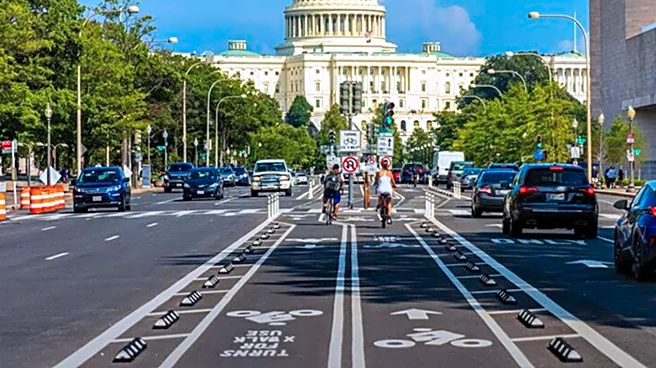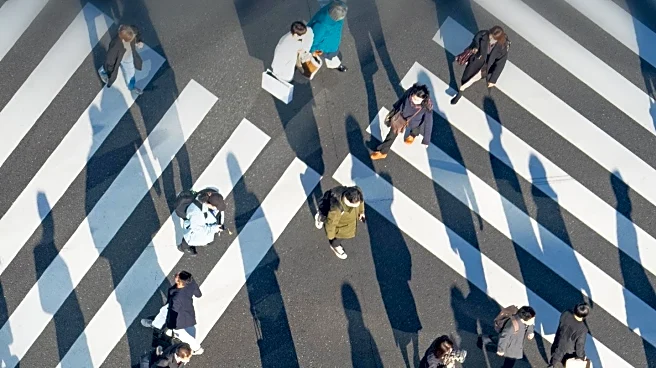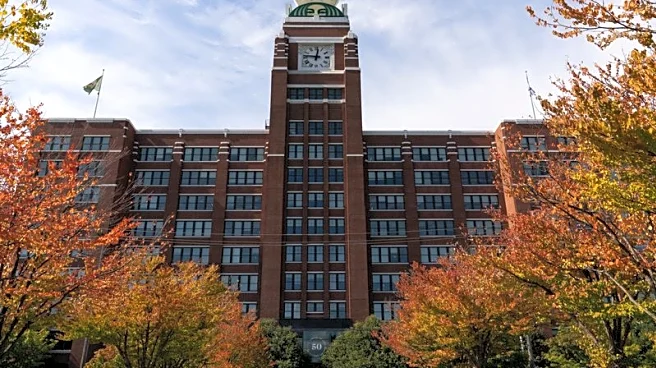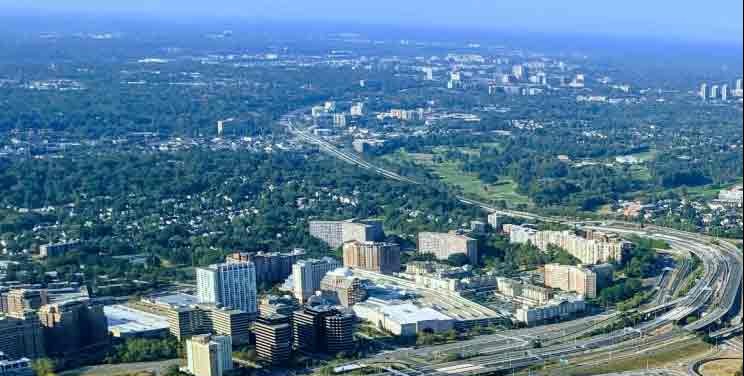What's Happening?
Cities across the United States, including New York, are increasingly prioritizing cycling infrastructure to promote cleaner and safer urban environments. Initiatives such as protected bike lanes and traffic
signal adjustments are being implemented to encourage cycling over car usage. These changes aim to reduce traffic congestion, improve air quality, and enhance public safety. In New York, leading pedestrian intervals have reduced pedestrian injuries by 33% at over 6,000 intersections. Similar efforts are underway in cities like Seattle, which is adopting 'no turn on red' policies to protect cyclists and pedestrians.
Why It's Important?
The shift towards cycling infrastructure represents a significant move towards sustainable urban development. By prioritizing cycling, cities can reduce carbon emissions, lower noise pollution, and improve public health. This transition also supports economic savings for individuals who opt for cycling over car ownership. The growing popularity of e-bikes further expands accessibility, although it raises safety concerns that need addressing. Overall, these efforts contribute to creating more livable and environmentally friendly urban spaces.
Beyond the Headlines
The cycling movement in U.S. cities is not only about infrastructure but also cultural change. As cycling becomes more integrated into daily life, it challenges the car-centric culture prevalent in America. This shift could lead to long-term changes in urban planning and transportation policies, fostering a more sustainable and health-conscious society. However, the polarization of cycling as an issue highlights the need for balanced approaches that consider the concerns of both cyclists and drivers.














